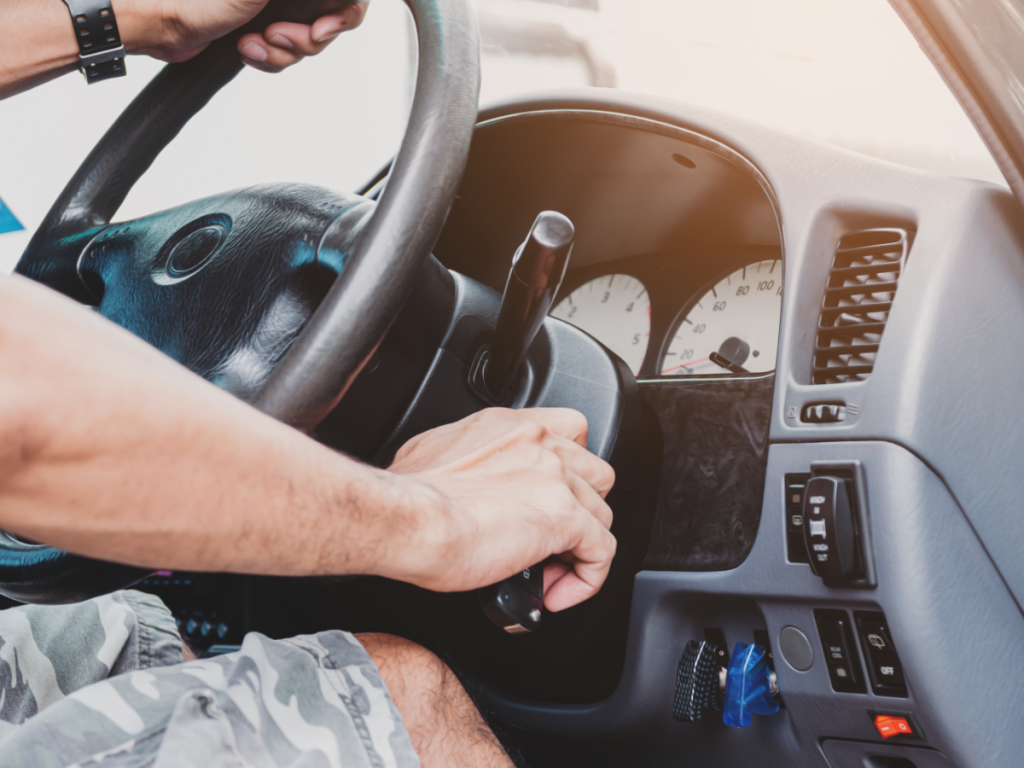Ever noticed that it gets more difficult to control your fingers as the weather gets colder? Well, humans aren’t the only ones affected by cold – your car is too.
A cold snap can have a dramatic effect on vehicles. This can show up in several ways, but having trouble starting your car is the most common. While most Australians are lucky to live in warm climates, those living in snowy regions, high elevations or the deep south may run into problems at some point.
In this article we’ll discuss what to do if your car won’t start in the cold and some of the most likely causes of the problem.
Why Won’t My Car Start in the Cold?
1. Battery Problems
Car batteries are the most common cause of starting issues in cold weather.
The health of a battery is affected by the outside temperature. In cold weather, the chemical reaction inside the battery slows down, which reduces the performance.
If you turn the key and the engine turns very slowly (or if it doesn’t turn at all), you may have battery issues. Try switching on your headlights – if they look unusually dim, your battery’s charge may be low. If they don’t come on at all, your battery needs to be replaced.
You can try jump starting your car if you have somewhere to be. Otherwise, it’s best to call roadside assistance or bring your battery to a service centre and have it replaced.
2. Alternator Issues
Your car’s alternator is an electrical device that’s responsible for keeping the battery charged while the engine is running. If your battery is flat, there’s a chance the alternator could be at fault.
The most common symptom of failing alternators is frequent engine stalling. If your car starts (or can be jump started) but stalls after running for a short time, the alternator is usually to blame.
A bad alternator will need to be replaced by a qualified mechanic.
3. Starter Motor
The starter motor is a small electric motor that’s responsible for starting the engine. The most obvious symptom of a failing starter motor is a loud clicking noise when you turn the key in the ignition.
Unfortunately, you won’t be able to jump start or drive the car if the starter motor has failed. Starter motor repairs can be done by your mechanic.
4. Fuel System
Finally, if all the other starting components are in working order, your problem may be caused by the fuel supply.
Modern cars use a high pressure fuel supply that relies on a series of pumps and electronic parts. These parts wear out over time, and your engine may not be getting the fuel it needs. This can prevent you from starting the car, or the car may run poorly.
The fuel system is also affected by the weather. Fuels contain small amounts of water. In extreme cases, the water in the fuel can freeze, which may cause the fuel injectors to become blocked.
You’ll need to have your fuel system professionally tested, flushed and repaired if you notice your car stuttering while driving.
What to do if Your Car Won’t Start in the Cold
You’ll typically need a qualified mechanic to diagnose and repair issues with a car that won’t start. Before you reach for your phone, there are a few things you can do:
- Check your battery terminals. Loose, greasy or corroded battery terminals are the cause of many battery issues. Inspect the battery leads to ensure they’re clean and that they are tightly bolted to the battery terminals.
- Check the battery condition indicator. Some car batteries have a condition indicator that shows whether the battery is charged or not. The indicator will appear green when the battery is in good health, and it will appear clear or darkened if the battery is low on charge.
- Have your battery load tested. An auto electrician or car battery store can test your battery to check its health. Most shops will provide this test for free.
- Contact your mechanic. While it might be frustrating, there isn’t much you can do about a car that won’t start. If the battery seems to be in good health then you’ll need to contact a mechanic to diagnose the issue.
If the battery is old or if the condition indicator appears darkened, it’s time for a replacement. Talk to your auto electrician and they’ll be able to supply a suitable battery for your car.
Keep Your Car on the Road in Any Weather with Access Auto Electrics!
Australia’s scorching summers and freezing winters are some of the world’s toughest. In fact, our climate is so harsh that many manufacturers bring their cars Down Under for testing! Even still, cold weather can be a problem for your car’s electrics, but the AAEAC team can help.
Access Auto Electrics and Air Conditioning is a specialist auto electrician based in Brisbane. We provide a comprehensive range of services designed to keep your car, 4WD or commercial vehicle on the road. If you’re dealing with a flat battery, a car that won’t start or mysterious electrical issues, we can help.
You can contact us online to make a booking, or call us if you need help with a car that refuses to start.

